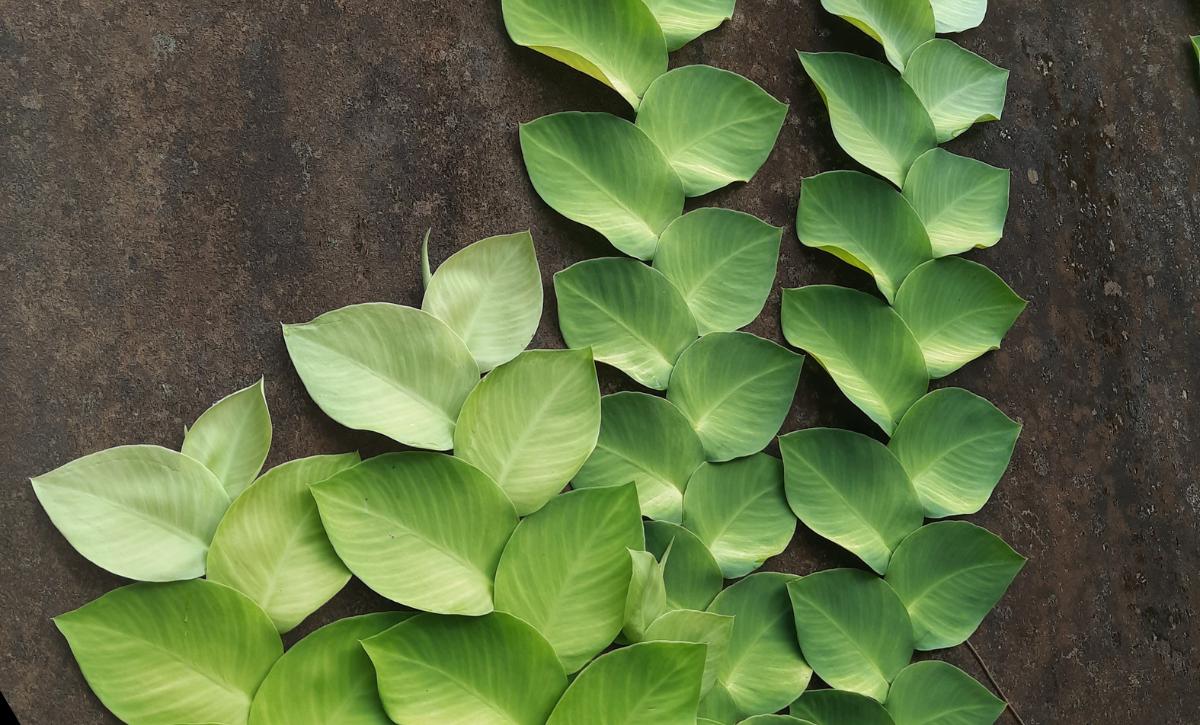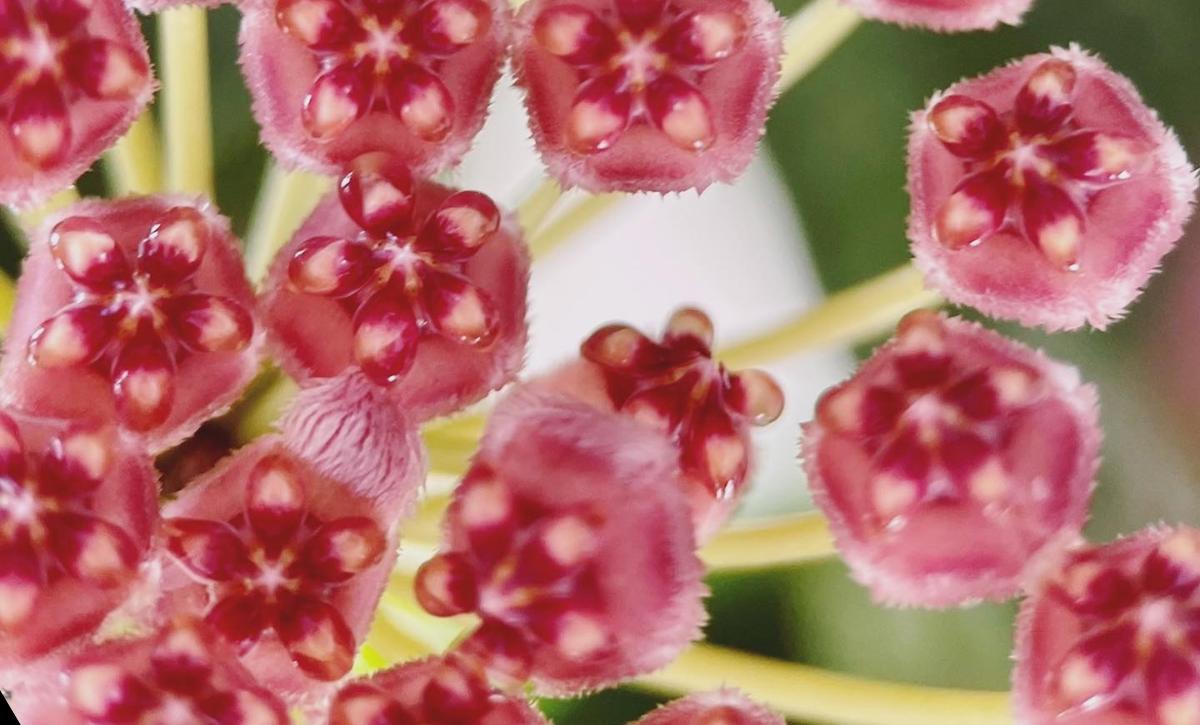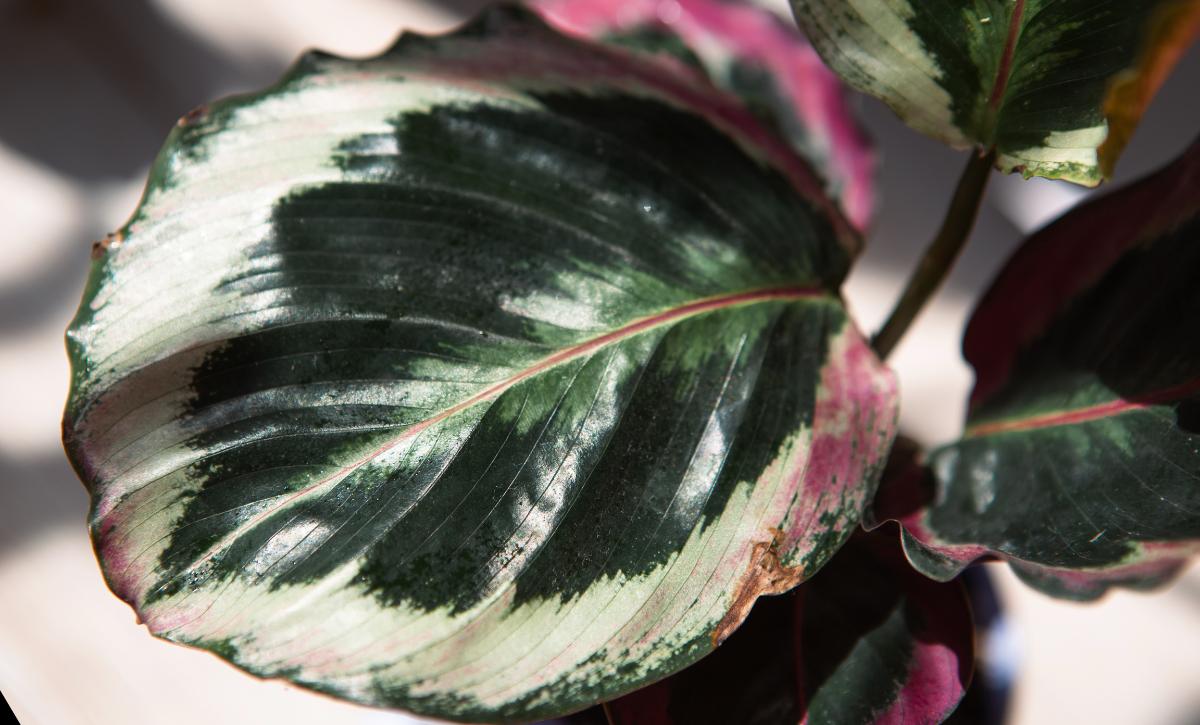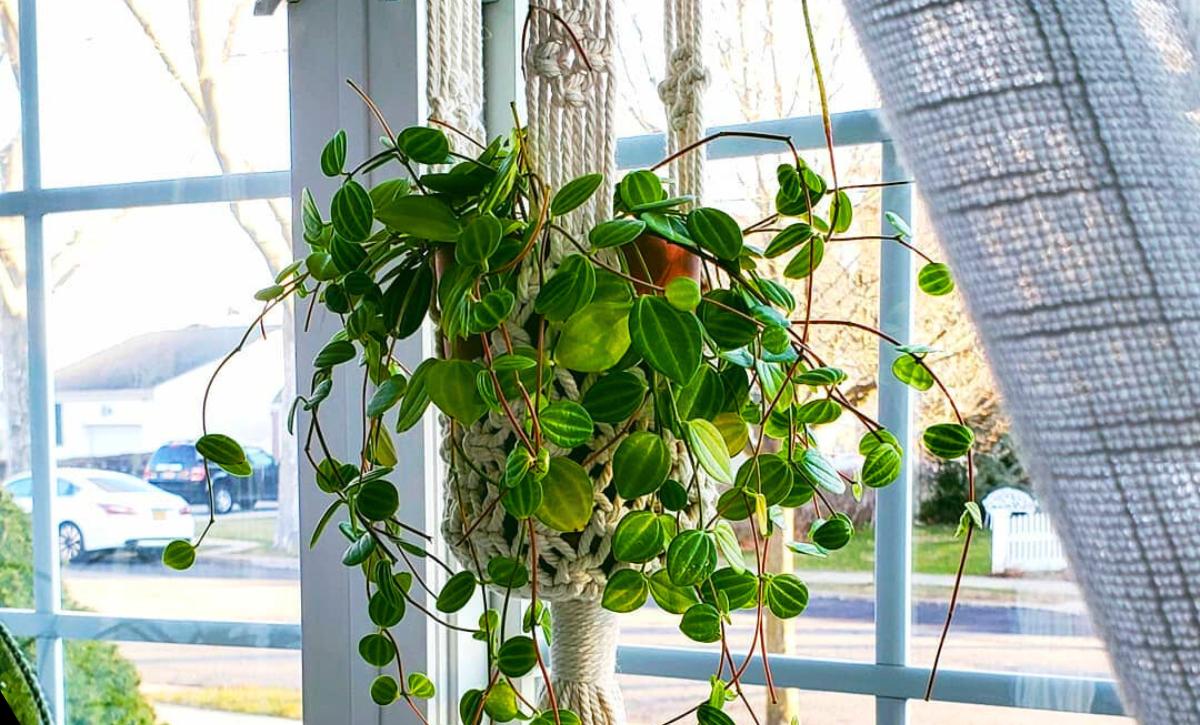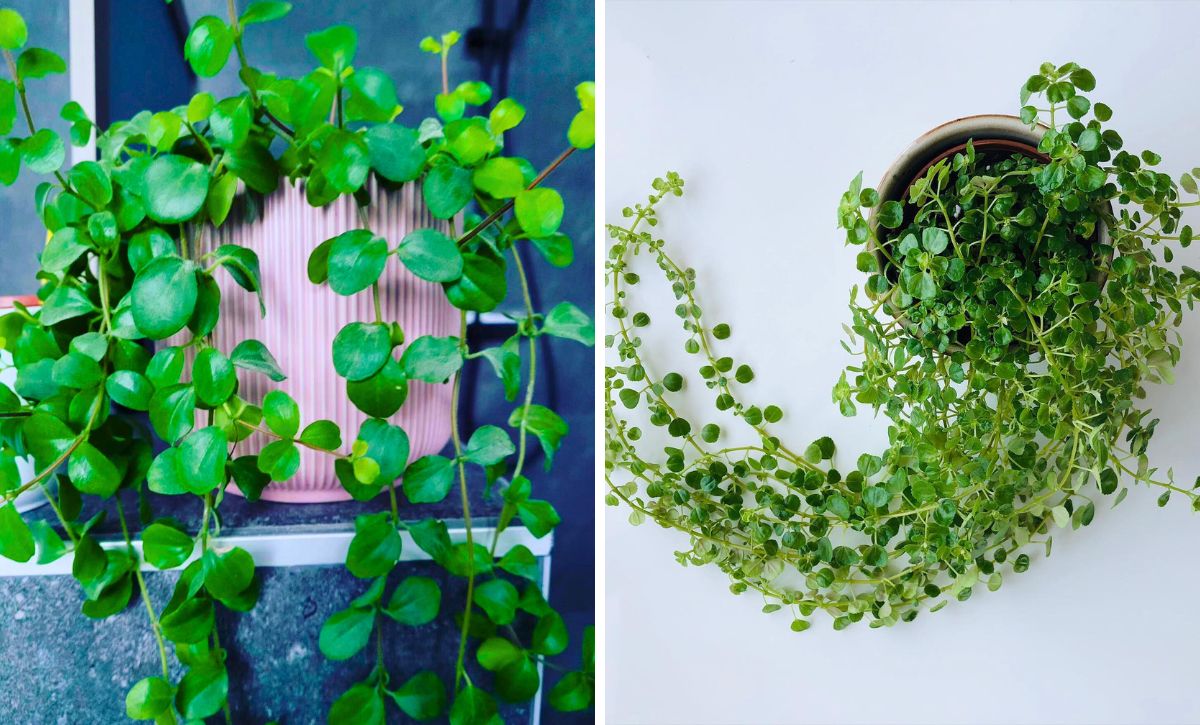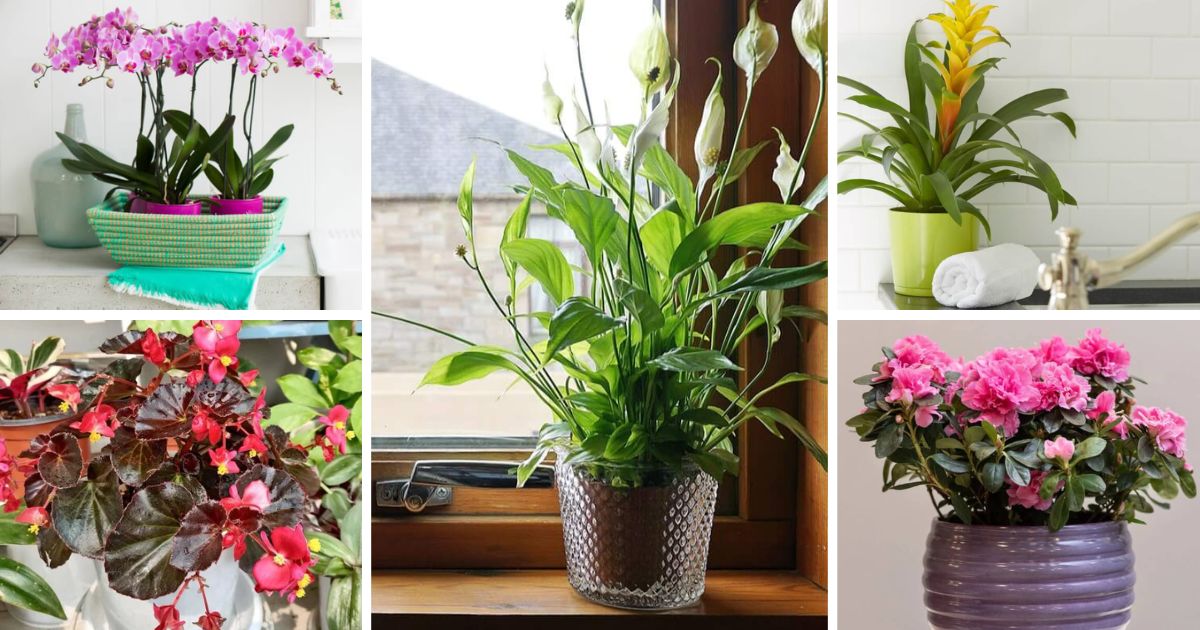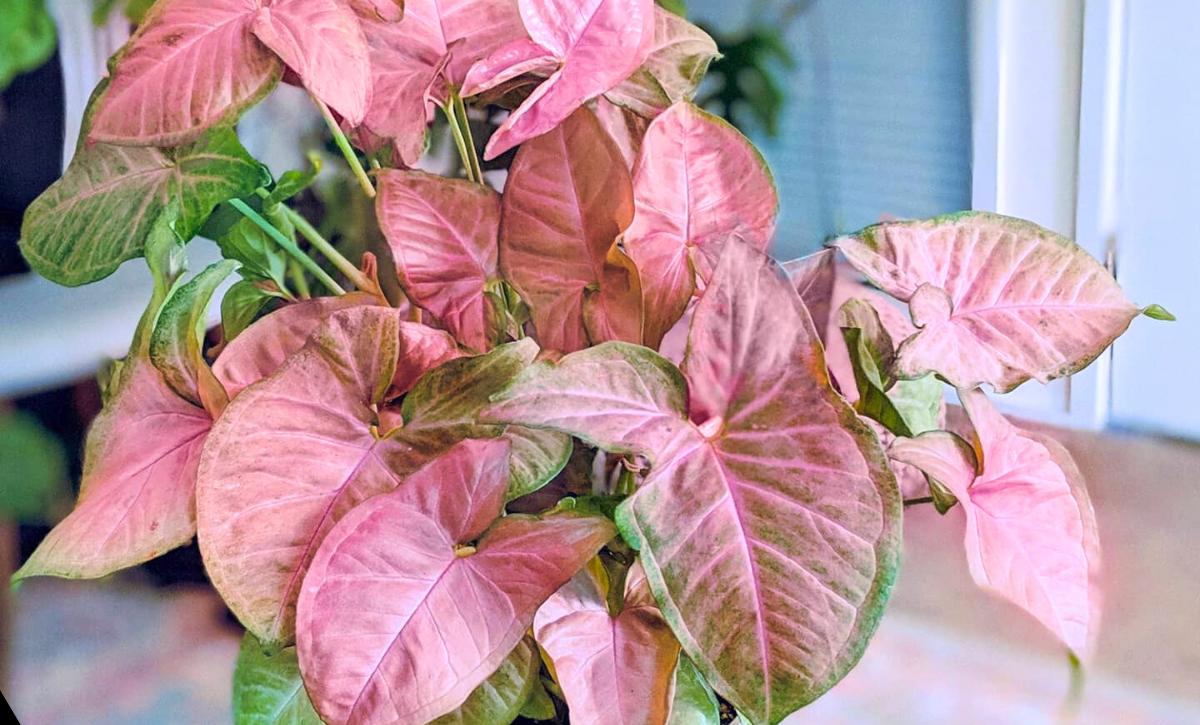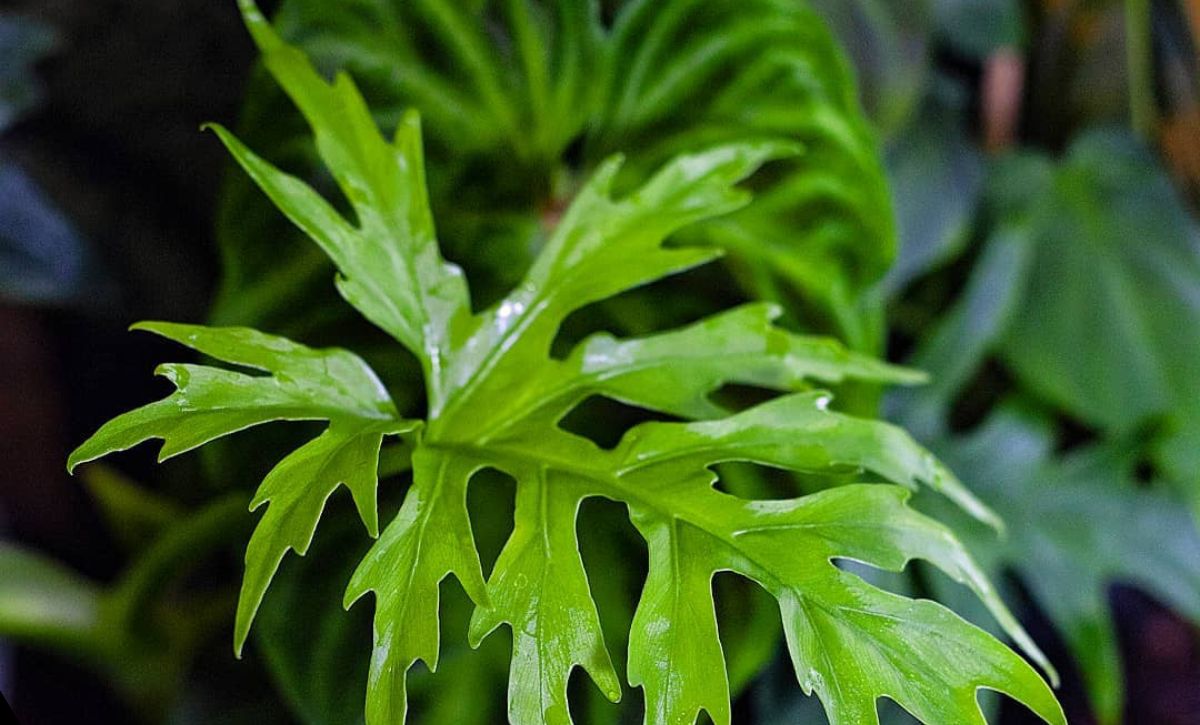Indoor plants can bring color and life even to the room’s darkest corner. Their low light tolerance makes them a delight to have in your home. And what better way to freshen up your space than with a low-light indoor tree?
And yes! You can grow these trees inside your house, even in low-lit areas. Some trees include the Kentia palm, Madagascar dragon tree, rubber plant, and lady palm. The trees are compact and will fit your room without any hassle.

There is one important thing to note. Even though the trees may be labeled as shade-tolerant, they can struggle with low light conditions indoors. This is because the shade found outdoors receives more light compared to indoors.
That being said, these trees do best in bright indirect light, and with a little bit of care and love, they’ll grow just fine.
Let’s look at some of the trees we have compiled that can invigorate your dark rooms.
10 Low Light Indoor Trees
Low-light indoor trees need between 100 and 600-foot candles of light to flourish. A foot-candle is a non-SI unit of light intensity, and you can measure it with a light meter or even phone apps.
You should know what to look for in care and selection for your low indoor trees. If you notice their foliage turning gangly and dark, the trees most likely aren’t receiving enough light. Conversely, if the leaves appear shrinking and pale, they are probably getting too much.
Here are some trees you can use to liven and bring joy to your dark spaces.
1. Kentia Palm (Howea Forsteriana)
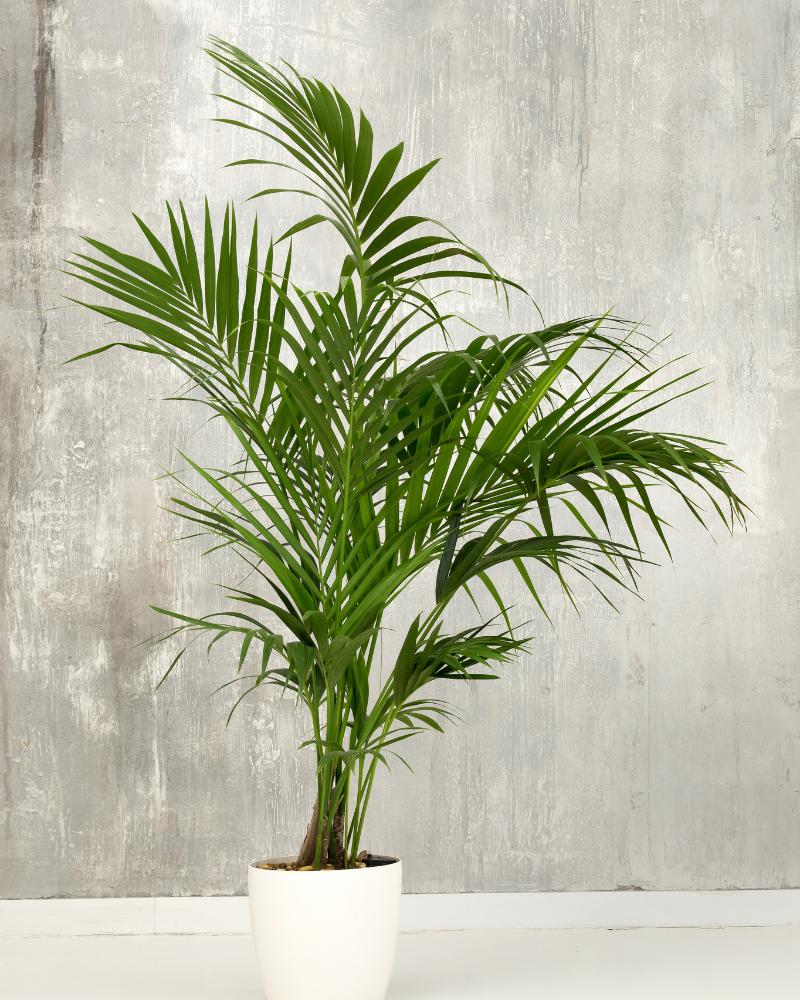
Kentia palm is a slow-growing plant known for tolerating conditions that most houseplants cannot. Kentia palms have large feather-like fronds; when grown indoors, they can reach 7-8 feet.
Kentia palms don’t like to be too wet or too dry. You should water the top inch of the soil once it dries out and mist them from time to time to get rid of dust and provide humidity.
Kentia palms can endure low light conditions but do best in medium to bright light. Place them near a west-facing window for at least five hours daily for optimal growth. Alternatively, you can grow them under LED light for at least eight hours daily.
2. Madagascar Dragon Tree (Dracaena Marginata)
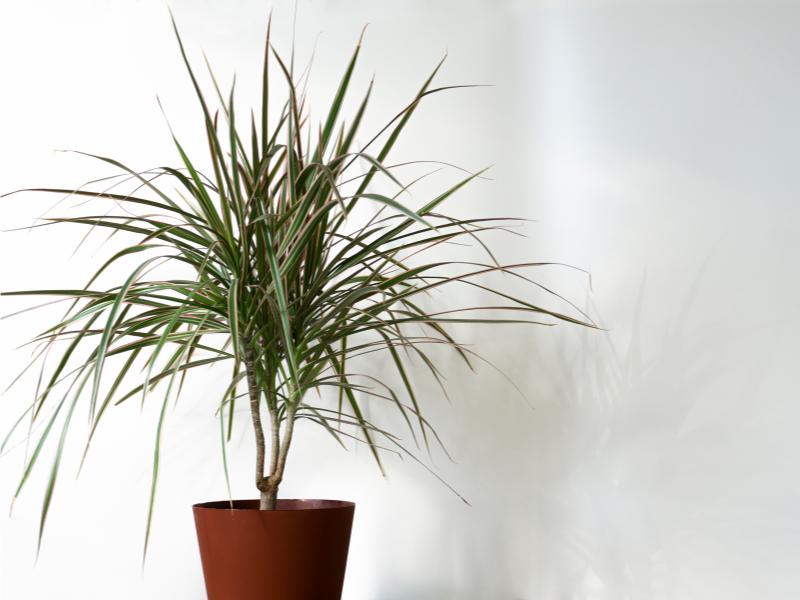
The Madagascar dragon tree is characterized by long, thin, and pointy leaves that are purple-red, green, and slender trunks.
These trees are popular due to their impressive drought tolerance, making them an excellent starter pack for beginners. You need to re-pot them if they get too root-bound; this will be evident when they wilt.
Also, they don’t require too much water. You only need to water the topsoil once it is dried up. Use a potting mix or well-composted soil for optimal growth. Fertilizer is also unnecessary, but you can apply a balanced fertilizer diluted to half-strength as the tree grows.
One thing the Madagascar dragon tree dislikes is dry and cold air. As such, avoid placing the tree near a draft window or air conditioner. Such conditions may cause the leaves to turn yellow and brown.
3. Rubber Plant (Ficus Elastica)
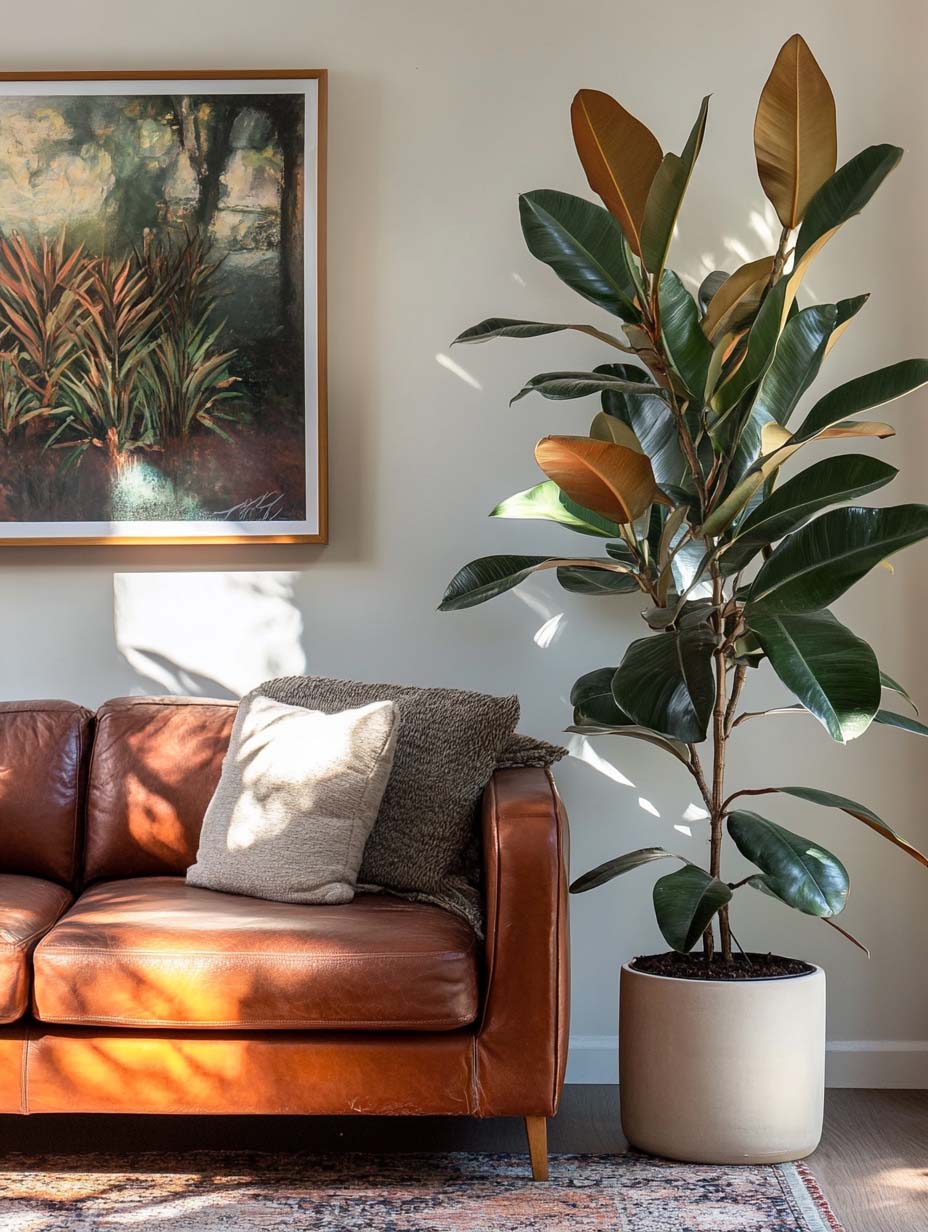
The rubber plant features big, gleaming oval-shaped leaves with dark textures. It has sturdy stems that excrete toxic milky sap. The leaves are usually dark green, but other species have variegated leaves with pink, yellow, or white accents.
Rubber plants require the right amount of light and water to thrive. It would be best to wait for the top inch or two of soil to dry out before watering it. They also flourish in low air moisture levels, although the preferred humidity should be about 40 to 50%.
Use a high-quality soil mix with good aeration and drainage for your plant. You can slow-release plant food every three to six months or apply an all-purpose liquid fertilizer once a month.
Additionally, avoid moving your tree too much. Large light and temperature changes may cause your tree to lose its leaves. This can also occur when the tree is too wet or dry or in a drafty room.
4. Lady Palm (Rhapis Excelsa)
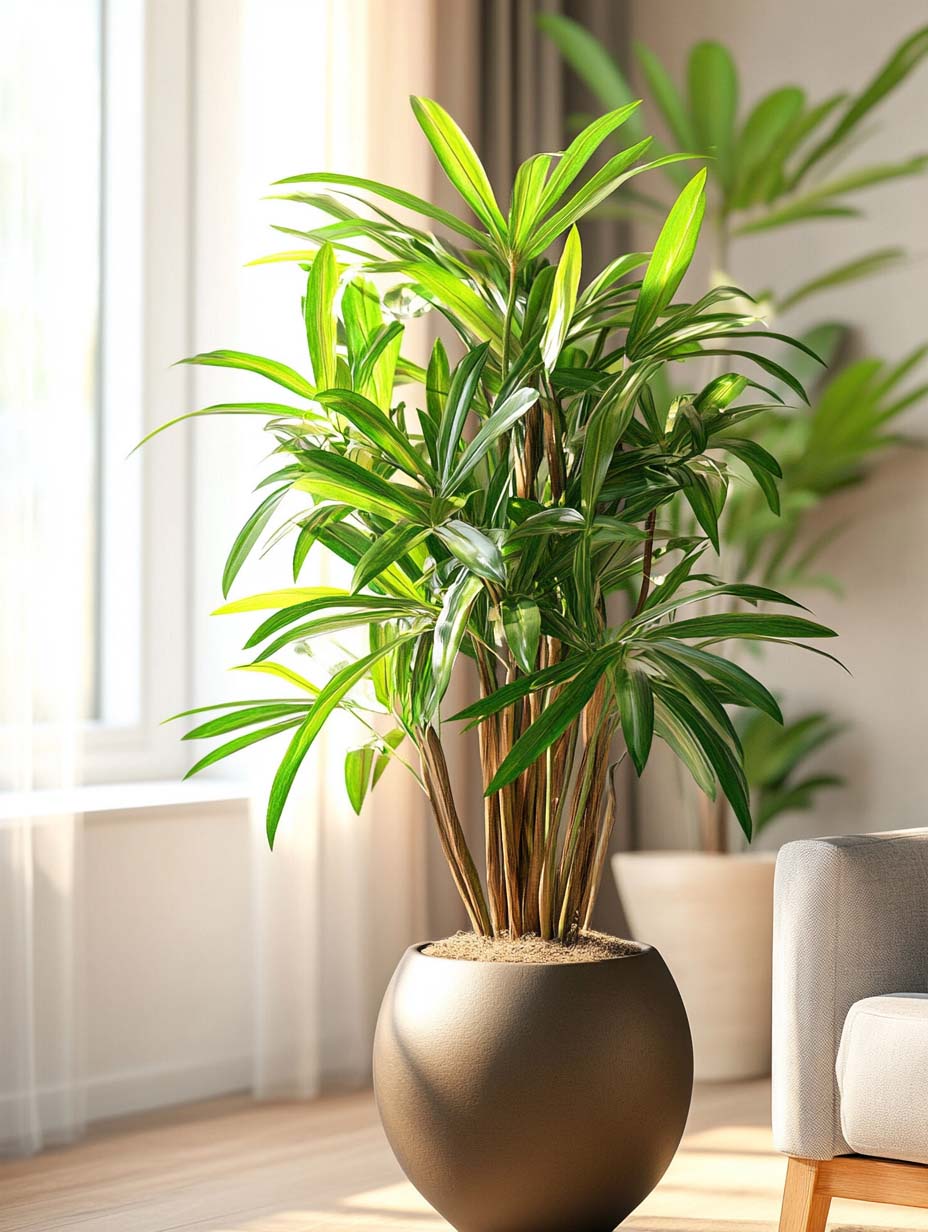
Lady palm is a small tree that boasts dark green fronds which spread out wide to create a jungle-like vibe in your space. The leaves are fan-shaped, and they grow circularly around the stem.
This tree flourishes in medium to bright indirect lighting. It can tolerate low light pretty well but won’t grow as fast as in bright indirect lighting. An indoor-grown lady palm can reach a height of 6 to 8 feet and a width of 4 to 5 feet.
The only thing you need to worry about is watering. You should water the top inch of the soil when it begins to dry out.
Plant the tree in well-aerated loamy soil and apply a diluted houseplant fertilizer once a month for optimal growth.
5. Corn Plant (Dracaena Fragrans ‘Janet Craig’)
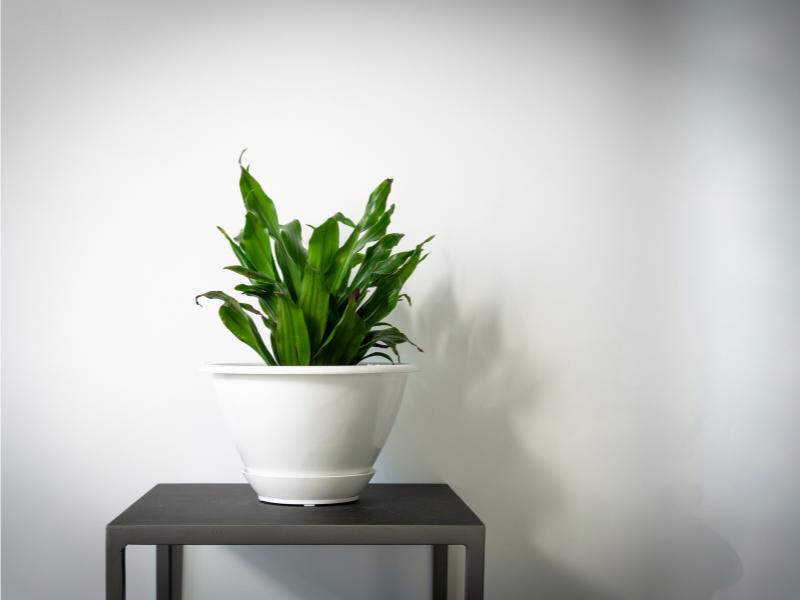
The corn plant features a special rosette of long, tapered leaves that spiral around the stem. The tree’s dark green leaves are accented by yellow stripes and usually range 2 to 3 feet long and 2 to 4 inches wide.
Corn plants are a great consideration for low-light conditions since they are easily managed in shaded locations. Plant the tree in loamy, well-draining soil and water it when the topsoil dries out. Grow the tree at about 40-50% humidity for best results.
This plant doesn’t need much food, but you can boost its growth rate by applying a well-balanced fertilizer once a month during summer and spring.
6. Fiddle-Leaf Fig Tree (Ficus Lyrata)
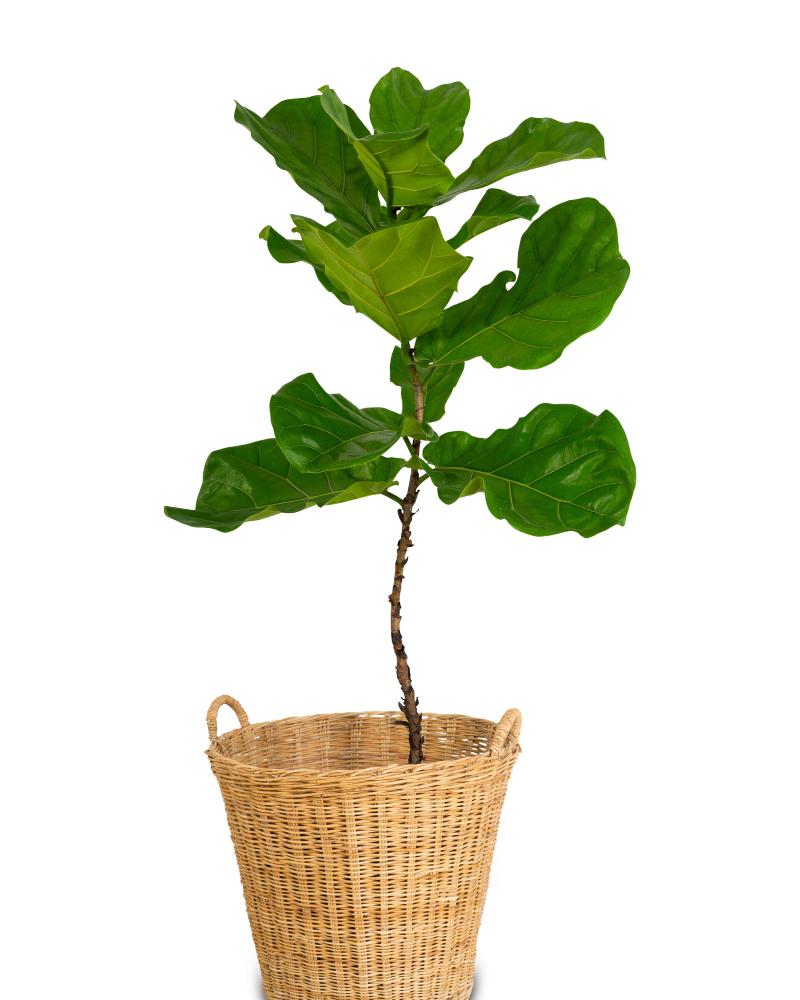
This plant’s huge violin-shaped leaves will make your home stand out with a touch of elegance. The leaves are glossy and dark green with discernible veins.
The fiddle-leaf fig can tolerate low light conditions but does best in indirect bright light. However, avoid placing the plant in direct sunlight as it can’t handle it. Also, ensure you provide bright indirect sunlight for healthy leafing at least six hours a day during summer and spring.
Water the plant when the soil dries out and plant it in a well-draining medium. You should also increase humidity levels to 50%.
Many problems encountered with this tree, such as droopiness, brown spots, black patches, and yellow leaves, are caused by the wrong location and inadequate irrigation (over and underwatering).
7. Parlor Palm (Chamaedorea Elegans)
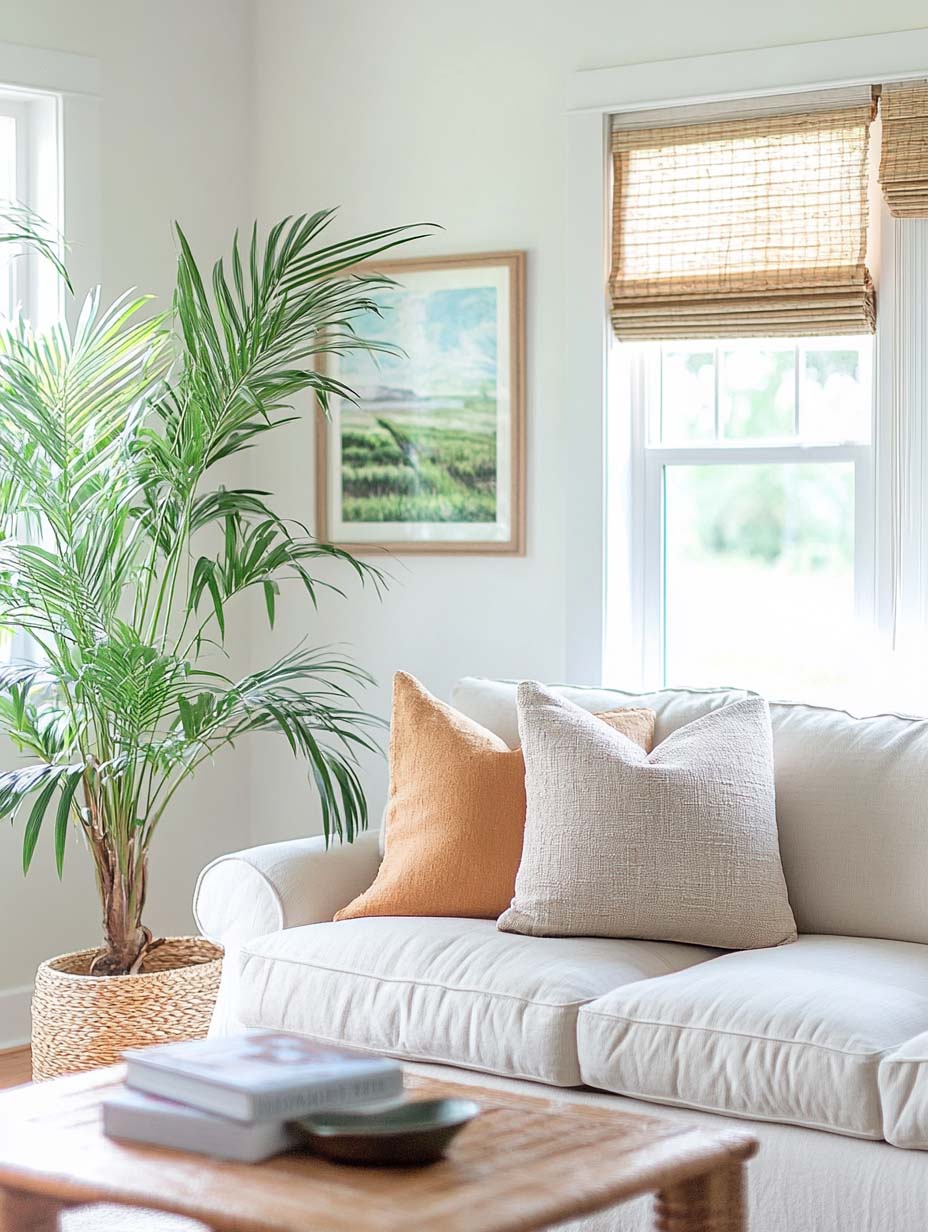
Parlor palms have been popular since the Victorian era when they were grown as ornamental plants. They are known for their dainty, feather-like fronds, which grow from their thin trunks. They have fern-like dark green leaves that give a dense, bushy appearance.
Parlor palms are a great starter pack for beginners since they don’t require much care. An indoor parlor palm typically reaches 4 to 6 feet tall and 2 to 3 feet wide.
These plants thrive in low to medium lighting and require a loose, well-draining medium. Depending on how quickly your soil dries out, you need to water the plant each week.
Parlor palms can do well in average house humidity. You should feed them an all-purpose houseplant fertilizer once a month.
8. Dwarf Banana (Musa Acuminata)
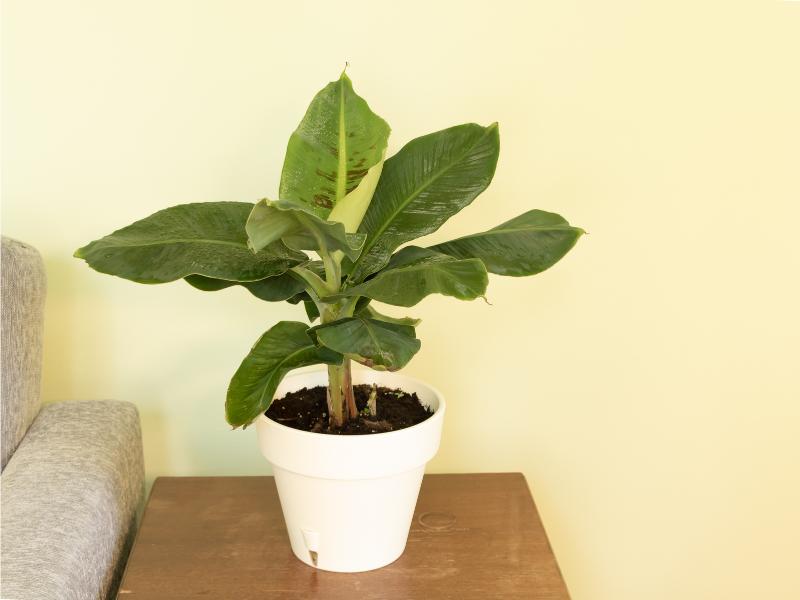
The dwarf banana is a small tree that does quite well indoors. Its name doesn’t necessarily mean a short plant with stunted growth but derived from its short stalk.
The tree has large, green, gleamy leaves, which are purple when the plant is young. The dwarf banana is a fast grower and only produces fruits when grown outdoors. However, it can tolerate low light and grow up to 6 feet tall indoors.
Water the plant when the topsoil is dry and keep humidity above 50%. Plant in a loamy, well-aerated, and draining medium, and apply 8-10-10 fertilizers once a month. Don’t forget to follow the instructions on the package.
9. Weeping Fig (Ficus Benjamina)
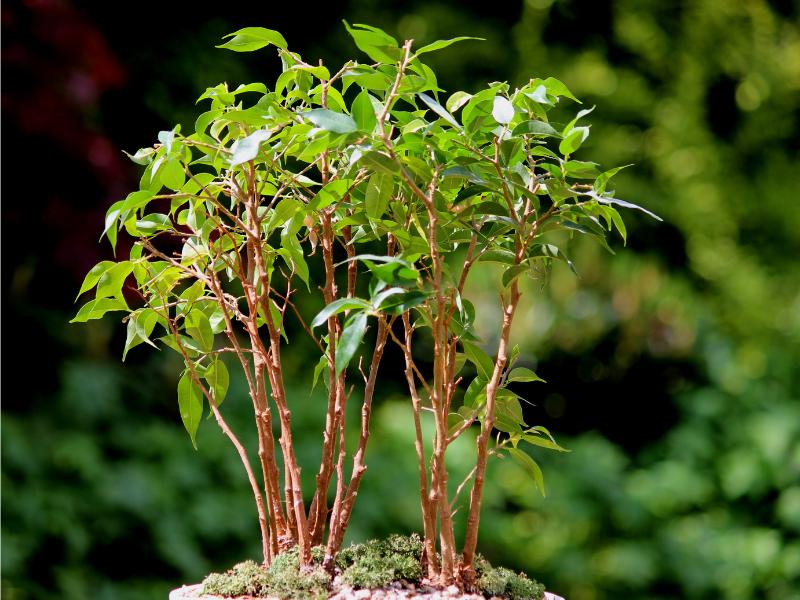
The weeping fig has magnificent, oval-shaped leaves with limp branches and pointy ends, making your home a tropical oasis.
Even though these ficus trees can tolerate low light conditions, they need a whole day of bright, indirect sunlight to have an upright structure and produce bushier green leaves. Place your trees near an east or west-facing window.
Plant the tree in a fast-draining medium and keep high humidity levels of about 50 to 70%. Water the plant only when the soil starts to dry.
Apply a balanced slow-release fertilizer as it grows to achieve the best results.
10. Money Tree (Pachira Aquatica)
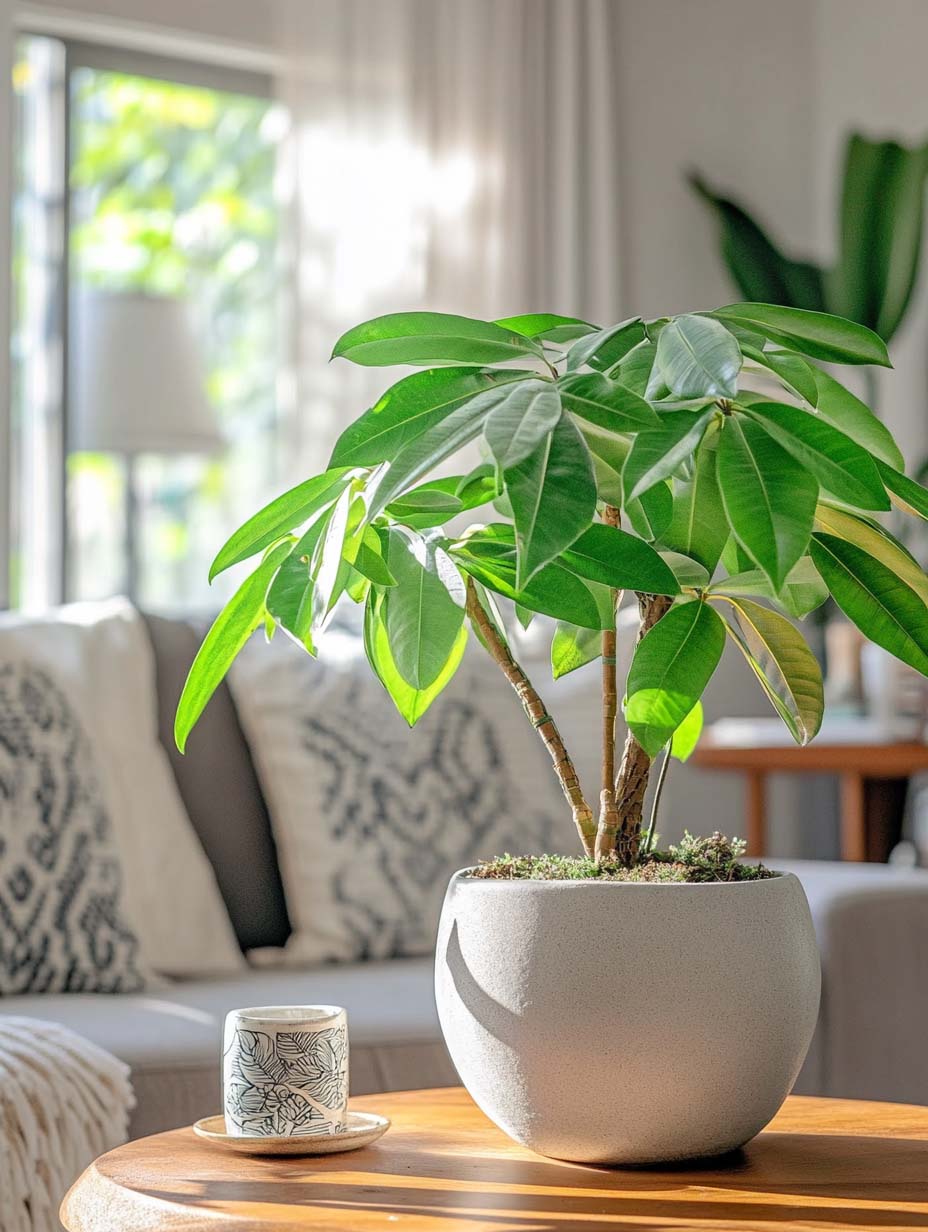
The money tree is an evergreen tree native to South and Central America. The plant has big, oval, gleamy, dark green leaves beautifying any home or office.
The tree has a unique braided trunk and small white flowers that eventually turn into edible nuts. You should learn to braid multiple stems to give your money tree a distinctive braided look.
The tree flourishes in bright, indirect sunlight but can also do well in low-light conditions. Allow the soil to dry before watering, and irrigate every 1-2 weeks.
The money tree thrives in high humidity levels of about 50%. Therefore, spray the plant occasionally or get a humidifier from your local store.
Plant the tree in well-draining soil supplemented with peat and sand. Then, apply a diluted general-purpose plant food monthly as it grows.
Conclusion
Low-light indoor trees will be an excellent addition to your office or home, especially because they are low maintenance.
In this article, we have discussed ten breathtaking indoor trees and added some tips to help you grow the perfect tree. With the right care, these plants will spruce up your decor quickly.
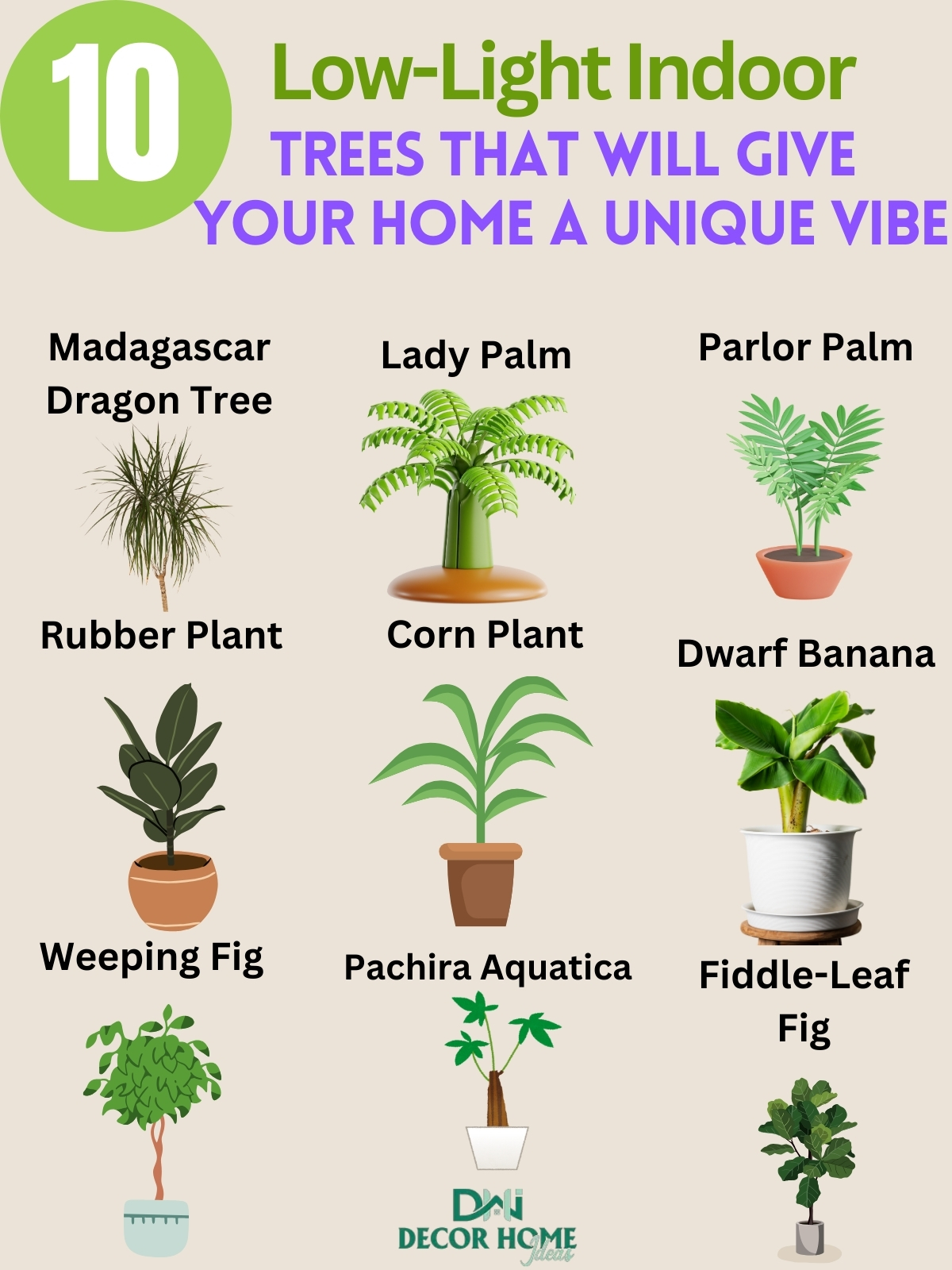
Add a lush, tropical feel to your home with these stunning low-light indoor trees.
The parlor palm and lady palm thrive in dim spaces, while the rubber plant and weeping fig provide elegant greenery.
The Madagascar dragon tree and corn plant add a modern touch, while the fiddle-leaf fig and Pachira aquatica (money tree) bring bold statement foliage.
Perfect for creating a cozy, inviting atmosphere!

